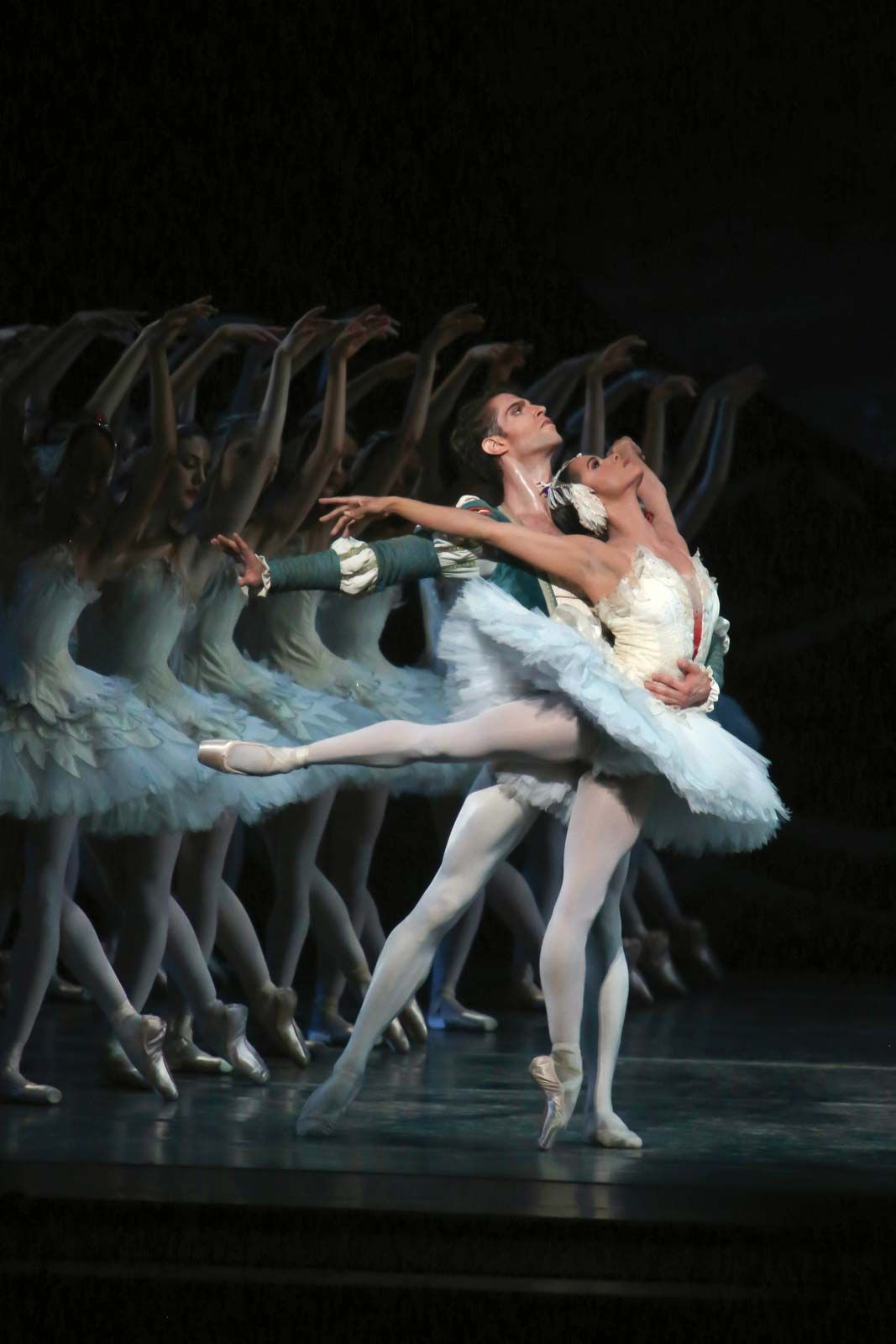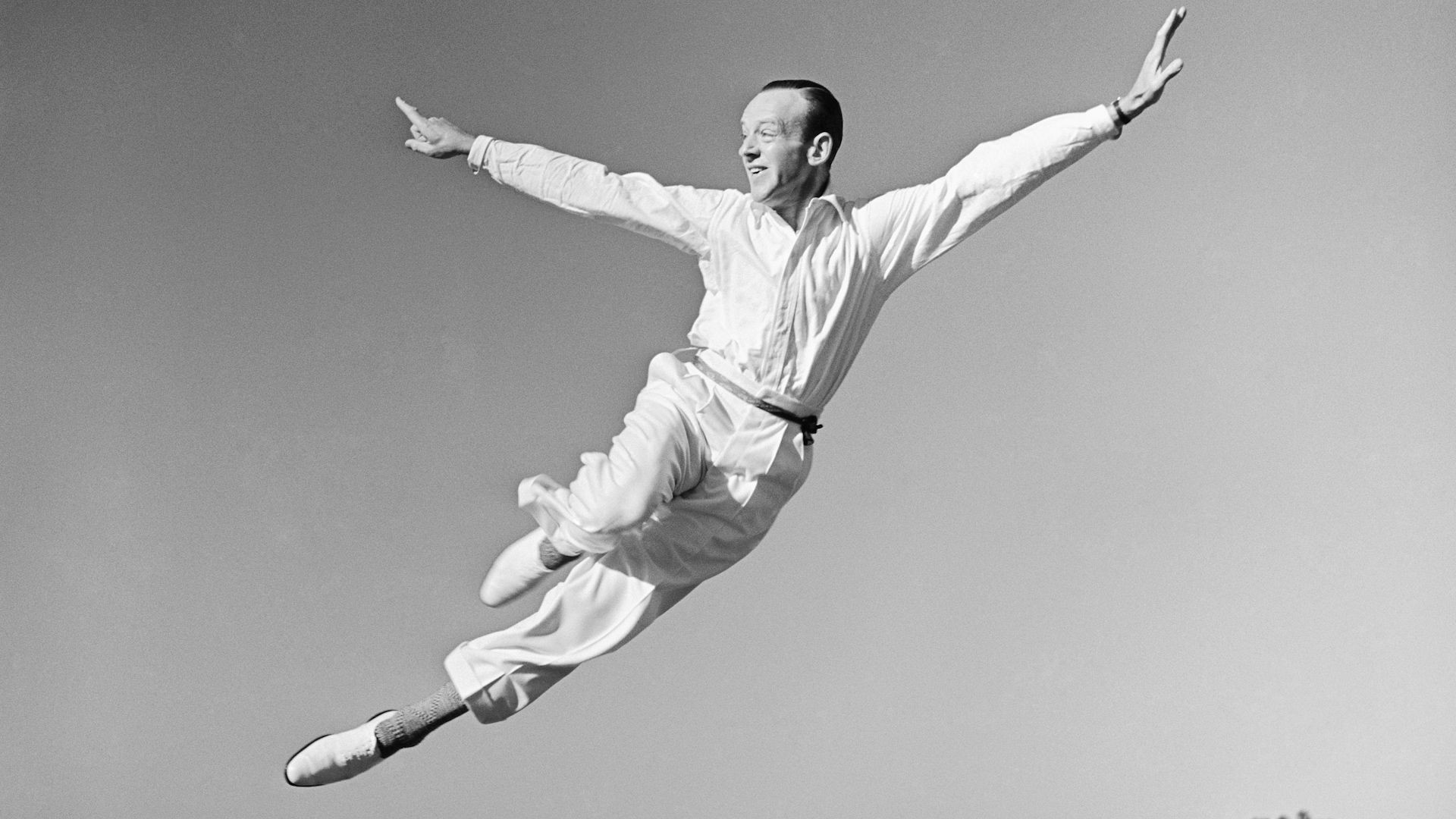Dance is a fundamental aspect of human culture and expression. But what exactly is dance? At its core, Dance Definition lies in the rhythmic movement of the body, typically synchronized with music, within a defined space. This movement serves a multitude of purposes, from conveying ideas and emotions to releasing pent-up energy and simply reveling in the joy of motion itself.
Dance exists on a spectrum. It is both a primal human impulse – a natural way to respond to rhythm and emotion – and a highly refined art form. Skilled dancers channel this impulse into meticulously crafted performances that can deeply move audiences, even those who don’t feel the urge to dance themselves. This duality – dance as innate expression and as cultivated artistry – is central to understanding its enduring appeal and significance across cultures and throughout history. The connection between these two facets is particularly strong in dance, arguably more so than in other art forms; neither the raw impulse nor the skilled execution can truly exist in isolation.
Throughout history, philosophers and dance critics have grappled with defining dance, often reflecting the specific forms of dance most familiar to them. These definitions, while varied, offer valuable insights into the evolving understanding of dance.
Aristotle, in his Poetics, viewed dance through the lens of classical Greek theatre. He proposed that dance is rhythmic movement intended “to represent men’s characters as well as what they do and suffer.” This definition highlights the narrative role of dance in Greek drama, where the chorus used movement to embody the drama’s themes during lyrical interludes. Aristotle’s dance definition emphasizes dance as a form of representation and character portrayal.
 Misty Copeland and James Whiteside performing Swan Lake
Misty Copeland and James Whiteside performing Swan Lake
Misty Copeland and James Whiteside of the American Ballet Theatre gracefully perform a pas de deux in Swan Lake at the Metropolitan Opera House, New York City, showcasing ballet’s elegant and expressive movement.
In the 18th century, English ballet master John Weaver offered a contrasting perspective. Writing in 1721, Weaver described dance as “an elegant, and regular movement, harmoniously composed of beautiful Attitudes, and contrasted graceful Posture of the Body, and parts thereof.” This dance definition reflects the courtly ballet of Weaver’s era, characterized by its formality, refined aesthetics, and controlled emotional expression. Weaver emphasized the visual harmony and precise execution of movement as central to dance.
The 19th-century French dance historian Gaston Vuillier further emphasized grace and beauty in his understanding of dance. Vuillier differentiated “true” dance from what he considered the unrefined movements of early humans. He associated dance with “sweet and caressing sensations,” contrasting it with the “leaps and bounds, the incoherent gestures” he imagined primitive humans used to express “joys and furies.” Vuillier’s perspective positions dance as a sophisticated art form, evolved from more basic forms of movement, emphasizing its aesthetic refinement.
In the 20th century, dance critic John Martin shifted the focus from formal aesthetics to emotional expression. Influenced by Expressionist modern dance, Martin minimized the formal aspects of dance and emphasized its role in conveying inner feelings. He stated, “At the root of all these varied manifestations of dancing . . . lies the common impulse to resort to movement to externalise states which we cannot externalise by rational means. This is basic dance.” Martin’s dance definition underscores dance as a powerful non-verbal language for expressing emotions that words cannot capture.
To arrive at a truly universal dance definition, we must return to the fundamental idea that dance is an art form or activity employing the body and its full range of motion. Unlike everyday movements necessary for work, travel, or survival, dance movements transcend mere practicality. While dance can incorporate movements from these activities, as seen in work dances across many cultures, these movements are transformed. They are imbued with qualities of self-expression, aesthetic beauty, and entertainment value, elevating them beyond simple functional actions. Dance, therefore, is movement with intention, artistry, and often, a deeper meaning beyond the physical act itself.
 Fred Astaire tap dancing in a black and white film
Fred Astaire tap dancing in a black and white film
A still image from a video showcasing Fred Astaire, a renowned dancer and choreographer, demonstrating his exceptional tap dancing skills, highlighting the rhythmic and visually engaging aspects of dance.
This exploration of dance definition provides a foundation for understanding the techniques, components, and aesthetic principles that underpin dance as an art form. Further exploration into various dance types, styles, and choreography will reveal the rich diversity and global impact of dance throughout history. From African dance to Western ballet, and Oceanic dances to dances of East and South Asia, the world of dance offers a vast and fascinating landscape of human expression.
